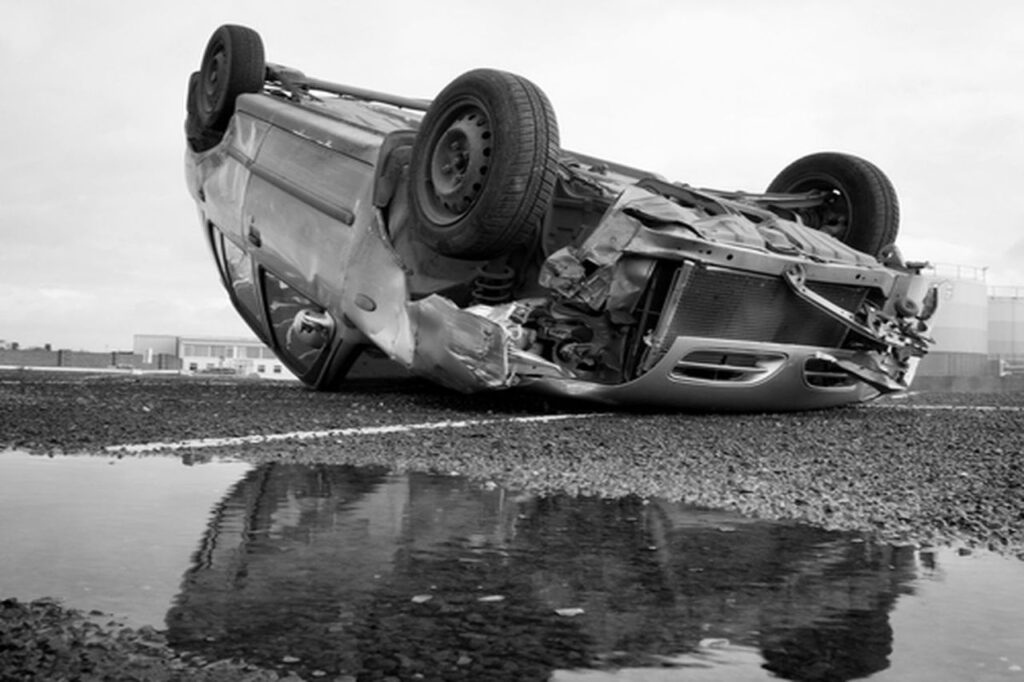
A variety of spring driving dangers can cause car accidents that result in serious injuries and deaths. These risks include potholes, rainy weather, windshield wiper wear, pedestrians, and road construction. Understanding these dangers and how to avoid them can help keep everyone safe throughout the spring season and into the summer.
Possible Risks on the Road in Springtime
Some of the specific challenges that drivers are likely to encounter during the spring include:
Potholes
As the weather warms up and the asphalt on the roads begins to expand, potholes are likely to form on heavily used roads. Potholes can cause damage to different vehicle parts, including rims, tires, exhaust systems, suspension, and steering.
Rainy Conditions May Cause Hydroplaning
In rainy weather, hydroplaning can develop. This entails the vehicle sliding as tires lose contact with the road. Hydroplaning results from a combination of standing water, high speeds, and tire treads that are in bad condition. If a vehicle hydroplanes, the driver can lose control over the vehicle and collide with nearby vehicles, people, or objects.
Worn Windshield Wipers
Over time, windshield wipers are exposed to a wide range of elements, from rain and sun to snow and extremely cold temperatures. As a result, they can begin to experience wear until they’re non-functioning. Malfunctioning windshield wipers may become an unexpected issue that puts drivers at risk due to poor visibility in rainy conditions.
Road Construction
As the weather warms up, road construction is likely to become more frequent, particularly on freeways. Road construction could create temporarily hazardous terrain on roadways, and the presence of workers poses another risk for construction worker accidents.
Increased Pedestrian Traffic
Warmer weather also means that more people will be out walking or riding their bicycles. If drivers aren’t consistently alert throughout the day when pedestrians are out and about, they may get into serious pedestrian accidents.
How to Avoid These Risks and Stay Safe on the Road
To successfully steer clear of these springtime driving dangers and mitigate the risk of accidents, there are certain steps that drivers can take before and during the spring. These steps include:
Remaining Alert Regarding Potholes
As potholes begin to develop, drivers need to keep a lookout for them while on the road. They aren’t always easy to spot, hiding beneath puddles of water or becoming difficult to see at night. To avoid a car accident caused by potholes, it’s often best to try to drive around puddles when possible or slow down when approaching potholes to lessen their impact. However, it’s important to avoid abruptly swerving around potholes. Doing so can put the driver at risk of hitting oncoming traffic or vehicles in the next lane traveling in the same direction.
Driving Slowly in Rainfall
Roads are at their most slippery when rainfall begins, which is due to the dangerous mix of rainwater and substances such as grease and oil. Drivers should obey speed limits and drive slower if necessary, making sure to maintain a safe distance between other vehicles.
Keeping a Lookout for Pedestrians and Animals
Drivers need to keep in mind that more pedestrians will be on sidewalks and curbside. Additionally, animals will be coming out of hibernation, multiplying and increasing the chances of encountering them on the road. Both of these factors make it necessary for drivers to practice extra caution when driving to avoid pedestrian accidents and collisions with animals.
Changing Windshield Wipers When Necessary
To keep windshield wipers in working condition, it’s recommended that drivers replace them once every six months, particularly if they’re often used.
Maintaining Tire Air Pressure Levels
Throughout the winter, cold weather can cause tires to lose their air, which, in turn, leads to underinflation. Conversely, warm weather can cause tires to overinflate. Underinflated and overinflated tires can cause drivers to lose control over their vehicles. To keep tire pressure consistent and keep tires in good condition, drivers should test and inspect them at the onset of spring.
Watching for Construction Workers
As construction projects take place, drivers should watch for road workers and equipment. It’s important to follow posted signage and slow down when needed in construction zones. In addition, drivers should practice safe lane changes and avoid changing if this action is restricted. Drivers should also keep in mind that the fines in construction zones may be twice as high as normal, which can make motor vehicle accidents both deadly and costly.
Throughout the spring and the rest of the year, drivers will be able to create safer roads if they practice caution and maintain their vehicles. Taking these steps can help them avoid the many dangers that arrive in springtime, protecting pedestrians, property, and themselves.


